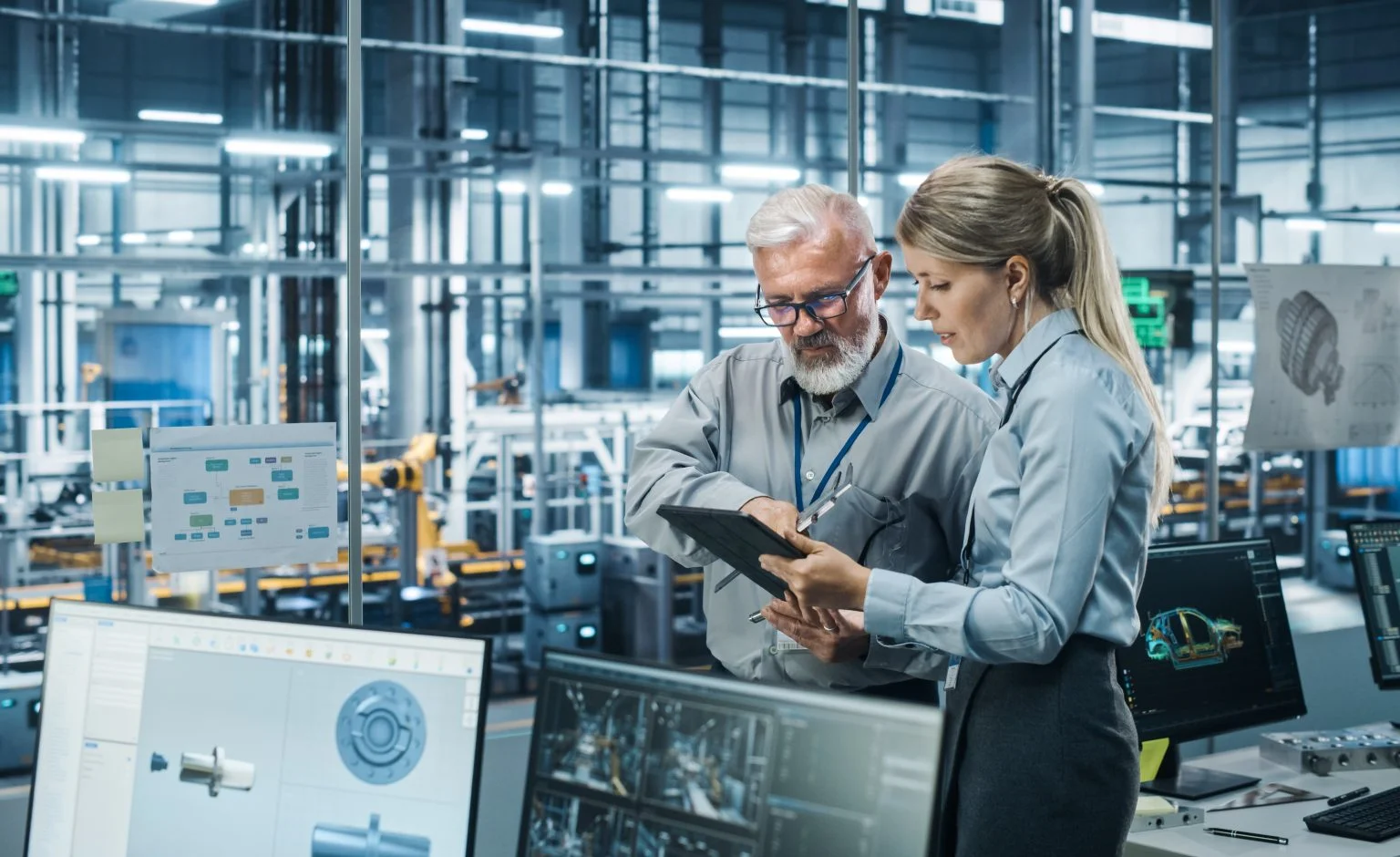Tag: robots

Technology has had a profound impact on how we work. Changes in what employers expect from an aging workforce reflect that evolution – and the changes have largely been positive. Americans in their late 50s and early 60s increasingly are holding jobs that require them to be highly trained or college educated to take on…

My husband likes to tell a story about his father, Joseph Virchick, who was a pipefitter for the Standard Oil refinery in Bayonne, New Jersey, starting in the 1950s. It was a union job – the Teamsters – paying solid middle-class wages that supported his family in an upscale Levitt development with its own swimming…



